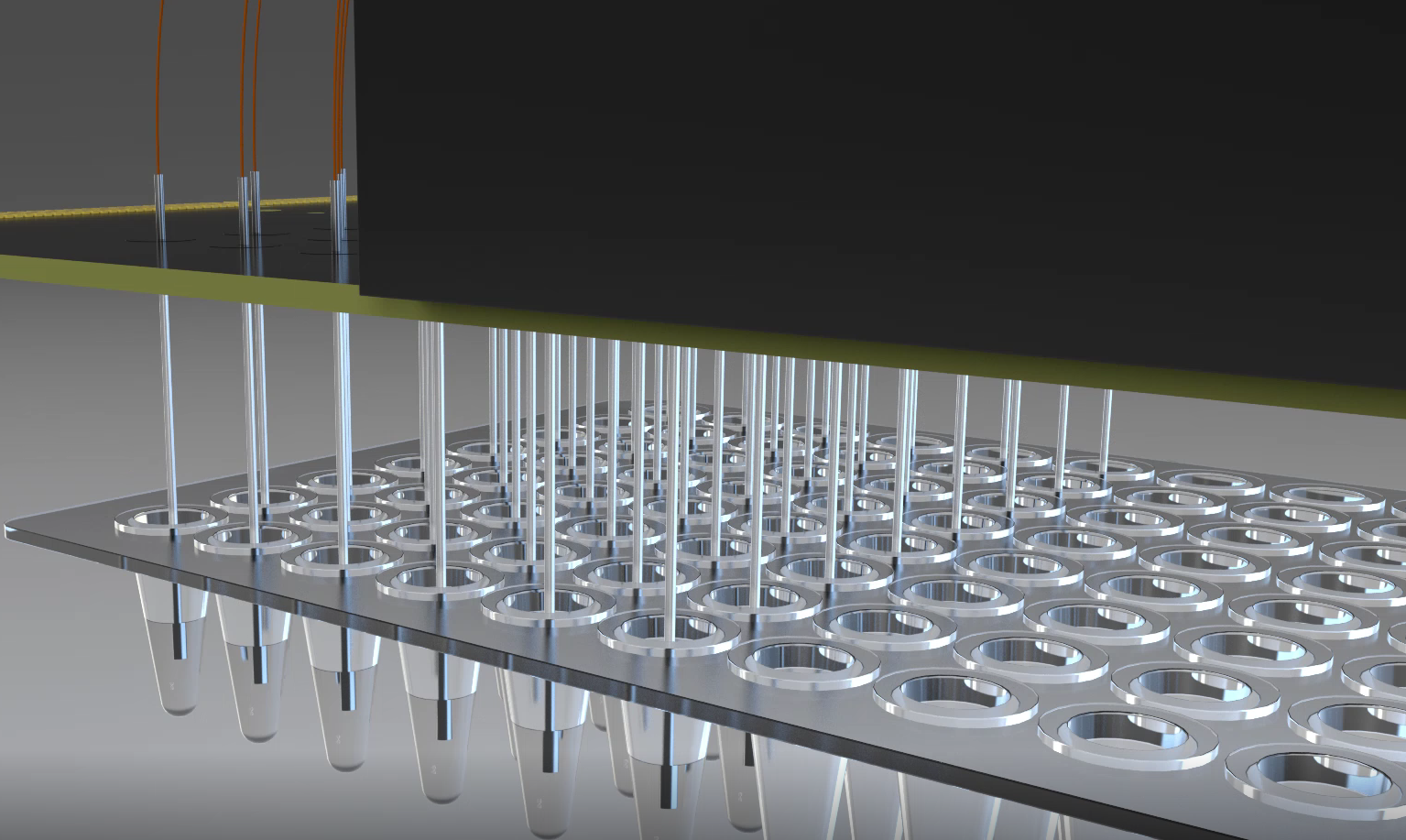Coupling of Fiber Optic Cable and excitation Light Source

Not all light from a light source can travel within the fiber core. If the divergence angle of the light source is too large, it is impossible to form full emission at the fiber boundary, and the light will be scattered through the boundary between the core and the cladding. How to efficiently couple the excitation light power of the LED into the Y-type fiber needs to consider two variables: the luminous size, radiant intensity and power distribution of the LED, and the core diameter, numerical aperture and refractive index of the fiber.

In PCR applications, for example, one end of the Y-shaped Fiber Optic Bundle is the common end of the self-aggregating optical fiber composed of two bundles of optical fibers, and the other end is divided into two branches, which are used as the light source optical fiber and the receiving optical fiber respectively, with solid durability, high stability and insertion loss. and low reflection loss, thereby greatly reducing the loss of light energy, enhancing the ability to collect light, and improving the accuracy and reliability of signal detection.

Hecho adopts the SCHOTT glass fiber imported from Germany, which has low transmission loss, good flexibility, and can be bent at will. The monofilament is slender and easy to distribute and combine. It provides customized Optical Fiber with various core diameters, lengths and different structures to meet the needs of different customers differenet requirements.